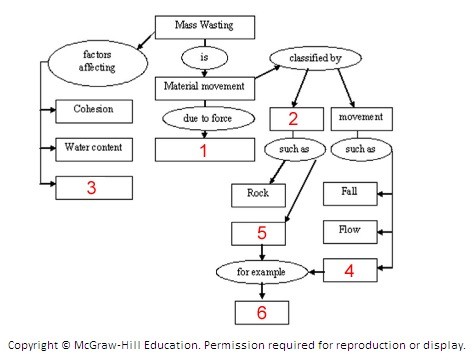Compare the different levels of protection versus use for the different categories of federal lands in the United States
What will be an ideal response?
Wilderness: "Permanent protection of these undeveloped and unexploited areas so that the natural ecological process can operate freely. Permanent structures, roads, motor vehicles, and other mechanized transport are prohibited. Timber harvesting is excluded. Some livestock grazing and mineral development are allowed where such use existed previously; hiking and other similar activities are also allowed."
National Parks and National Wildlife Refuges: "[T]he intent is to protect areas of great scenic or unique ecological significance, protect important wildlife species, and provide public access for recreation and other uses."
National Forests: Multiple activities are attempted, such as recreation, timber harvesting, mining, grazing, and protection of watersheds and wildlife.
You might also like to view...
Strike-slip faults ____________.
a) are faults where no movement has yet occurred b) have mainly horizontal movement c) have mainly vertical movement d) are low angle reverse faults e) none of these
 Complete the concept map for number 3.
Complete the concept map for number 3.
A. Surge B. Slump C. Slide D. Slope
The main process that links water in the atmosphere with water on the Earth's surface is ________
A) condensation B) wind C) evaporation D) infiltration E) transpiration
This country has the second fastest growing economy in the world
A) Sri Lanka B) Bhutan C) Pakistan D) India E) Bangladesh